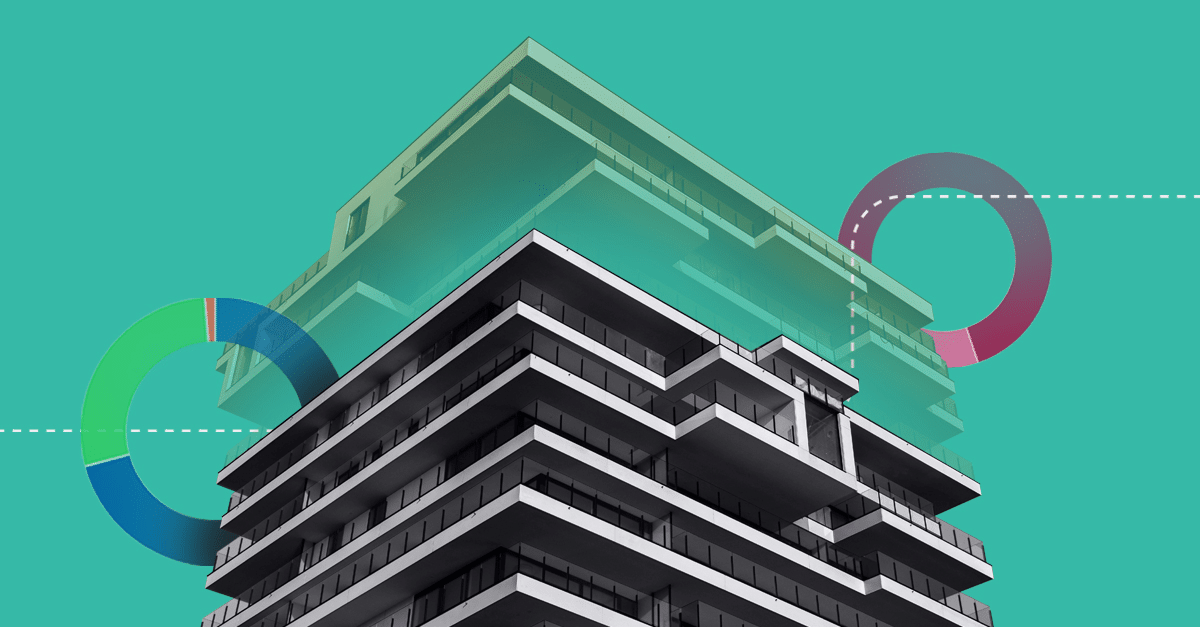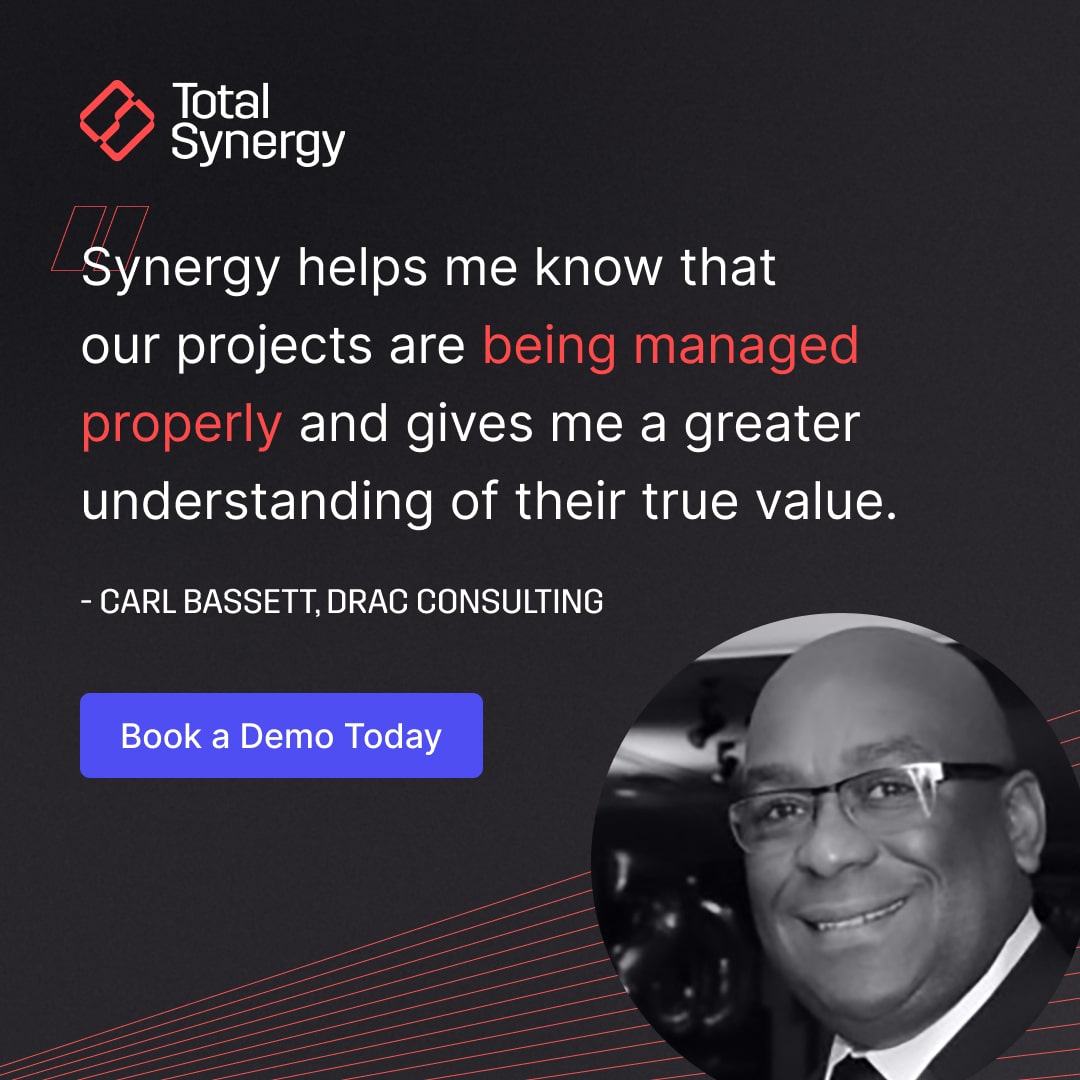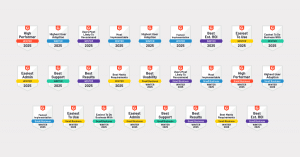Scope creep is one of the most common (and costly) challenges in project management, especially in architecture and engineering. You start with a defined brief, a set of deliverables, and a confident timeline. But as the project unfolds, new requests start to slip in. Deadlines shift. Budgets stretch. Team stress rises.
Sound familiar? You’re not alone.
Managing scope creep in project management is essential to protecting your time, maintaining profitability, and delivering high-quality work. In this article, we’ll explore what scope creep actually is, why it happens, and—most importantly—how to manage it effectively across your architectural or engineering projects.
What is project scope?
Project scope is the backbone of your project plan. It defines what’s included in the project, what’s excluded, and how the work will be delivered.
For architecture and engineering professionals, your project scope might cover:
• Design and documentation phases
• Technical specifications and modeling
• Structural analysis or site services
• Client presentations or planning submissions
A clear project scope provides the baseline against which progress is measured and decisions are made. It’s how you keep teams aligned, clients informed, and projects moving forward.
Without a defined scope, your project is vulnerable to delays, budget blowouts, and misaligned expectations.
What is scope creep in project management?
Scope creep refers to the uncontrolled or unapproved changes to a project’s scope once work is already underway. These changes are often small at first—an extra drawing, a new deliverable, a few more revisions—but they can quickly snowball.
In architecture and engineering, scope creep might look like:
• Adding new design features after plans have been signed off.
• Redesigning portions of the project due to client indecision.
• Requesting additional site visits, reports, or feasibility assessments.
These additions can be costly—not only in terms of time and budget, but also in the strain they place on your team.
Why is scope creep bad?
Scope creep can have serious downstream effects. Left unmanaged, scope creep can:
• Disrupt project timelines: Pushing out delivery dates or delaying approvals.
• Drain team resources: Spreading your people too thin or requiring overtime.
• Increase costs: Forcing you to absorb unbillable hours or rework.
• Create confusion: Leading to unclear deliverables or stakeholder misalignment.
• Affect quality: Rushed changes can compromise design integrity or technical accuracy.
Ultimately, scope creep puts your reputation, your profitability, and your client relationships at risk.
Scope Creep Examples
To understand the impact of scope creep, it helps to see it in action. Here are a few real-world scenarios:
Example 1: The unplanned survey
A client mentions a minor site drainage issue during a progress meeting and asks if your team can “just take a quick look.” What started as a casual request turns into a full site drainage assessment—including modeling, recommendations, and documentation—not covered in the original scope.
Example 2: The never-ending design feedback
You’ve submitted the final design presentation for approval. Then, a week later, the client returns with “a few more thoughts.” Those thoughts turn into five rounds of revisions, pushing your team beyond the scoped two rounds of design feedback and requiring late nights just to stay on schedule.
Example 3: “While you’re at it…”
During a site visit, the client asks, “While you’re here, could you also take a look at this adjoining space?” Your team ends up scoping out a new room, sketching up a proposed layout, and attending an extra meeting—all unrelated to the original project brief.
In each case, the scope expanded, but the resources didn’t. That’s scope creep.
What causes scope creep?
Scope creep doesn’t happen out of nowhere. It’s usually the result of a few common issues:
Unclear scope definition
If your scope is vague or lacks detail, it’s easy for assumptions or misunderstandings to slip into the project and cause confusion later on.
Client uncertainty
Clients might not fully understand the implications of their requests—or may change their minds as they see the project take shape.
Lack of change control
Without a formal process to evaluate and approve changes, it’s hard to track when scope starts to drift. Internal pressure to “just do it”
Teams often say yes to requests in the moment to keep things moving, especially when trying to maintain a good client relationship.
Poor communication
Misalignment between consultants, internal teams, or external partners can lead to duplicated work or added tasks that weren’t scoped. Understanding what causes scope creep is the first step in learning how to prevent it.
How to Manage Scope Creep
Managing scope creep isn’t about avoiding change altogether—it’s about staying in control when change happens.
For architects and engineers, this means having the right structures in place to protect your time, budget, and team capacity while still delivering high-quality outcomes for your clients. Below are five practical and proven ways to stay ahead of scope creep.
1. Set a clear, detailed scope.
It all starts here. A strong project scope isn’t just a checklist—it’s your contract, your reference point, and your defense against misaligned expectations.
Make sure your scope includes:
✔ A breakdown of every deliverable, from site analysis to documentation
✔ What’s not included (e.g., construction support, interior design, additional reports)
✔ Project milestones and timelines
✔ Roles and responsibilities
✔ Assumptions and exclusions
Use visual planning tools like Gantt charts, project timelines, or task boards to clarify the order and complexity of work. Walk your client through each section to ensure mutual understanding before anyone starts designing or drafting.
Pro tip: Always follow up meetings with written documentation. Verbal approvals are scope creep’s best friend.
2. Phase your projects for better control.
In architecture and engineering, phased project delivery isn’t just a best practice—it’s essential for managing evolving client input and technical complexity.
By structuring your project into clearly defined stages (such as feasibility, concept design, design development, documentation, and construction administration), you create natural pause points to:
✔ Review progress
✔ Reconfirm scope and deliverables
✔ Identify any scope changes early
✔ Get client sign-off before moving forward
Phasing allows you to reset expectations at each stage, reducing surprises and rework later.
Explore the 5 key architectural design phases that turn ideas into reality.
Example: If a client decides they want to reconfigure the layout to add an extra meeting room during the documentation phase, you can treat it as a change request and plan it for a future stage—instead of redrawing completed plans.
3. Create a structured change management process.
Scope changes are inevitable—but chaos isn’t. The difference lies in your process.
A formal change control process helps you evaluate requests, communicate impacts, and get approval before your team invests time and effort.
Here’s what your process should include:
✔ A change request form: Where internal teams or clients can submit a proposed change.
✔ Impact assessment: Outline how the change affects timeframes, resourcing, and fees.
✔ Written client approval: Ensure the client signs off on the updated scope before the work begins.
Document every change in your project system or contract. Even small tweaks can snowball into major scope expansions if left unchecked.
Pro tip: Build in a buffer for small revisions—but communicate when a request crosses the line into “new scope.”
4. Communicate constantly and with clarity.
Strong communication is one of the most powerful tools for managing scope creep in project management.
Be proactive about checking in with your client throughout the project:
✔ Share progress updates tied to specific milestones
✔ Flag potential risks or new considerations early
✔ Clarify when a request isn’t part of the agreed-upon scope
✔ Encourage questions and maintain a shared understanding
Clients often assume that changes are simple—because they don’t see what’s happening behind the scenes. It’s your job to connect the dots and explain the impact clearly and respectfully.
5. Track time and tasks closely every step of the way.
You can’t manage what you can’t see. Time tracking and task management tools are essential for flagging scope creep early—before it turns into a billing issue or a budget blowout.
Here’s what to track in real time:
✔ Time spent per task or deliverable
✔ Time logged versus time estimated
✔ Tasks that consistently overrun
✔ Team capacity and workload distribution
This data helps you understand where scope is drifting, which clients tend to stretch deliverables, and how to price future projects more accurately.
With Total Synergy, for example, architecture and engineering teams can track time directly against phases, view budget usage in real time, and get alerts when projects are trending over. It’s a simple way to catch scope creep before it becomes a serious issue.
Say so long, scope creep!
Scope creep doesn’t stand a chance when you’ve got the right tools backing you. Project management software from Total Synergy is designed specifically for architects and engineers—making it easier to stay in control of your scope, your time, and your project outcomes.
Here’s how Total Synergy helps you manage scope from day one:
Break projects into clear stages and deliverables. Plan your work in phases—like concept, design development, and documentation—so everyone knows what’s included and what’s next.
Set time and budget targets for each task. Assign hours and fees to specific pieces of work, so your team knows exactly what’s expected—and you can see how things are tracking in real time.
Track time as you go. Use simple timesheets to record hours worked and compare them to what was scoped. You’ll spot overruns early and have the data to back up scope discussions with clients.
See project health at a glance. Project dashboards show how your time, budget, and workload are balancing across all your active jobs—so you can step in before issues escalate.
Manage changes without the chaos. When clients request something new, you can log the request, review the impact, and get approval before adding anything to the plan.
With everything in one place, your team stays focused and your clients stay informed. Whether you’re running a single project or managing a full portfolio, Total Synergy gives you the structure to deliver work on time, on budget, and on scope—every time.





